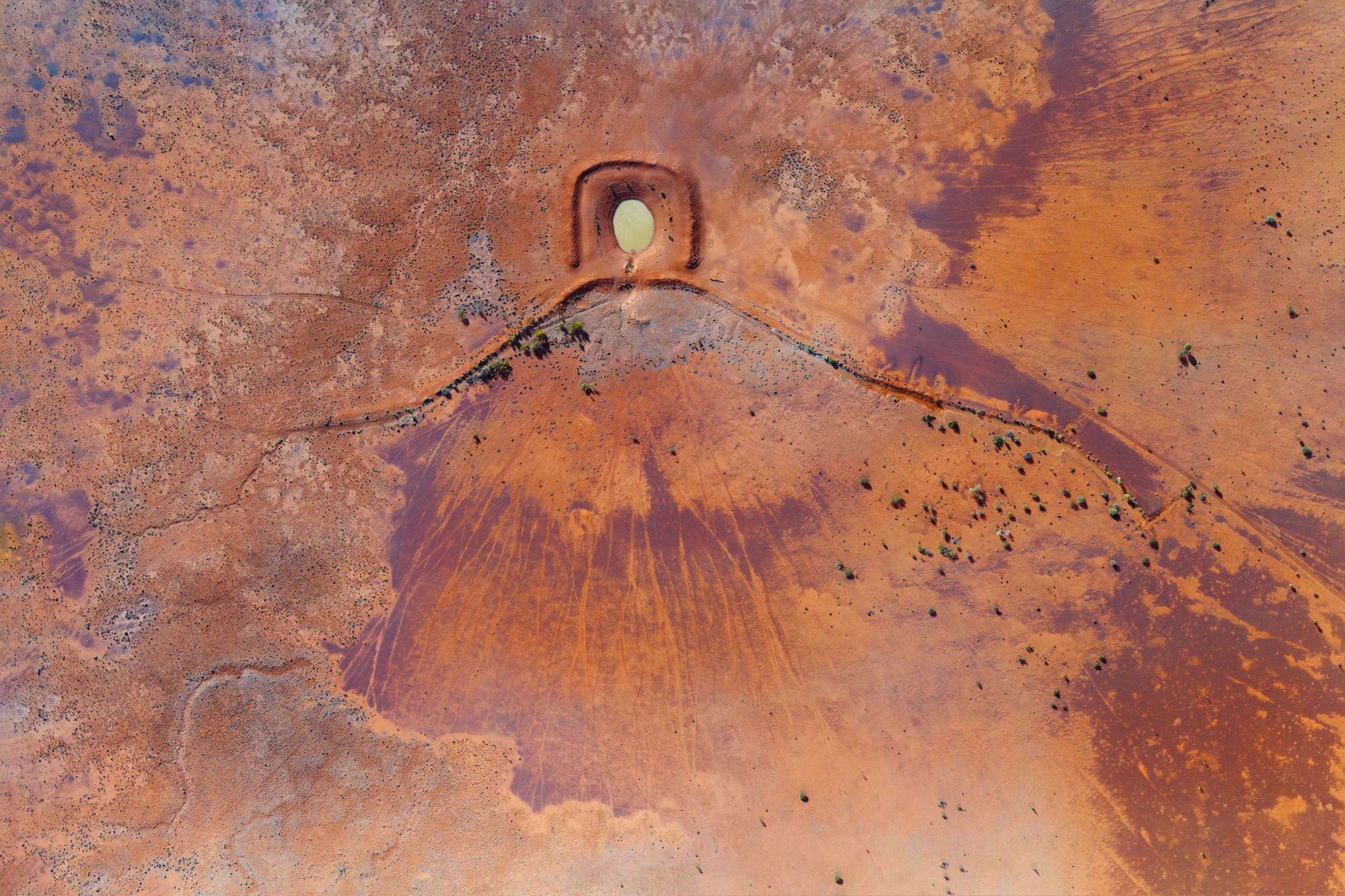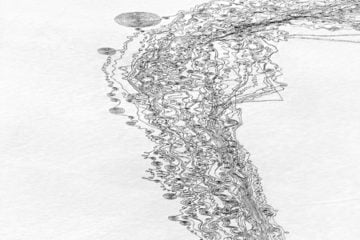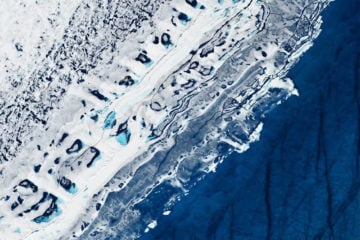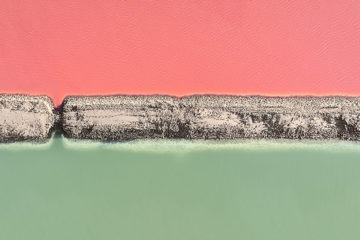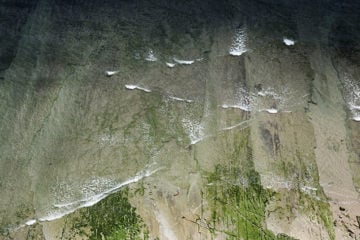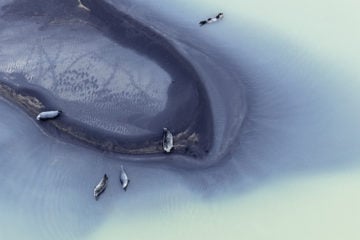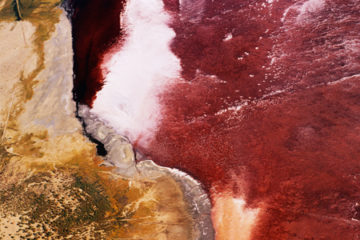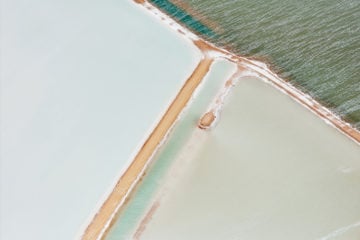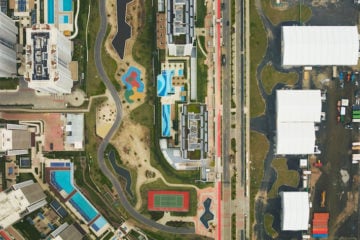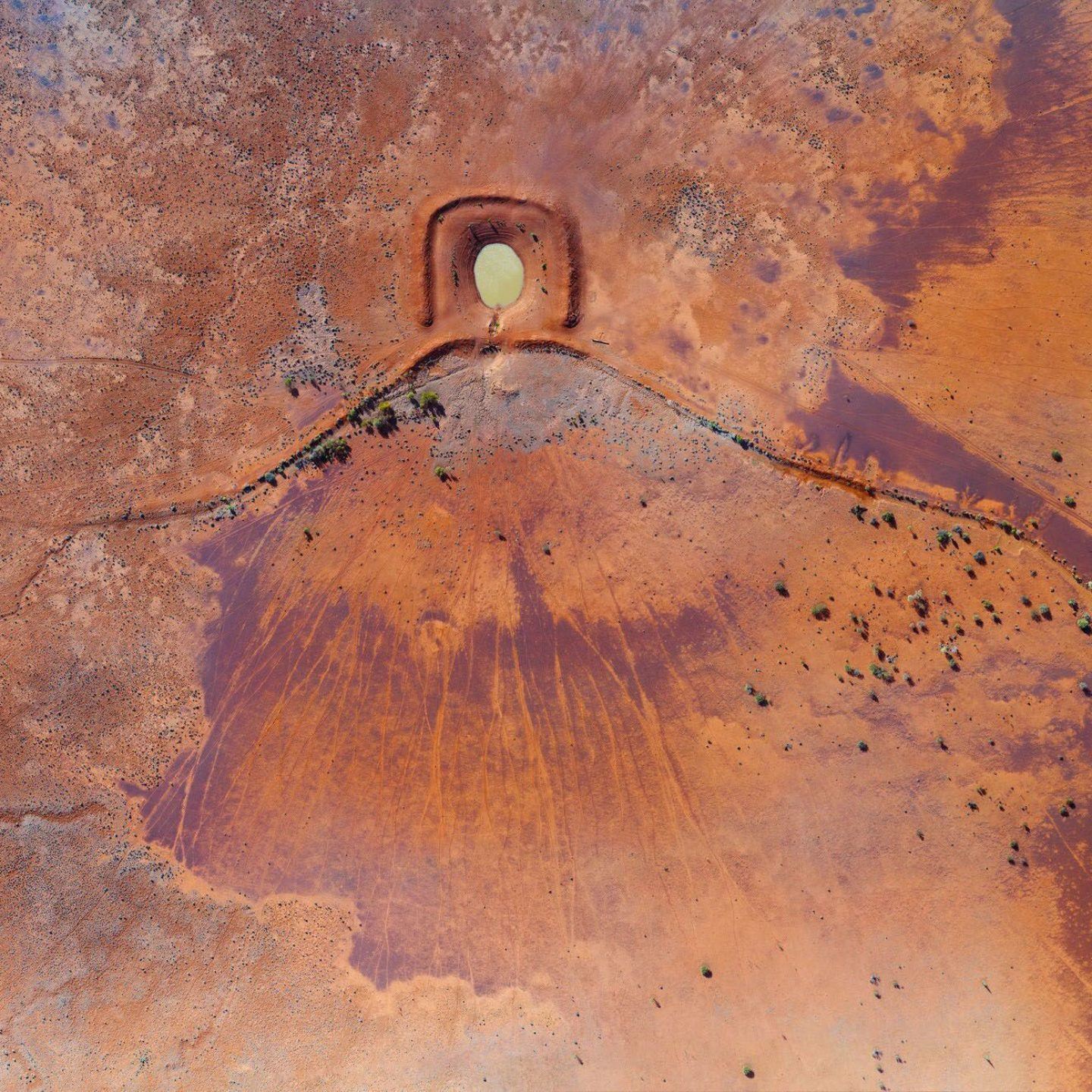
Paul Harmon: On The Ugly Truths Of Stolen Land And Water
- Name
- Paul Harmon
- Project
- Watermarks
- Location
- Australia
- Words
- Steph Wade
Australian photographer Paul Harmon’s series ‘Watermarks’ shows humanity’s stark dependence on water. Harmon set out to photograph the visually arresting floodplains of country New South Wales, to heighten awareness of the drought situation currently affecting this area of Australia.
Prior to British colonisation, the landscapes and river systems photographed by Harmon had been protected and healthy for thousands of years. Unfortunately, in the current day, these areas are now acutely threatened due to the pressure and demands of the agricultural industry. The more that Harmon researched about water, the more he discovered about Australia’s confronting cultural history, water and land ownership, politics and the grim reality of climate change. We spoke to the photographer from his home in Burradoo, in the Southern Highlands of New South Wales, about his fears for our environment, his hopes for the future, and what we can each do to help.
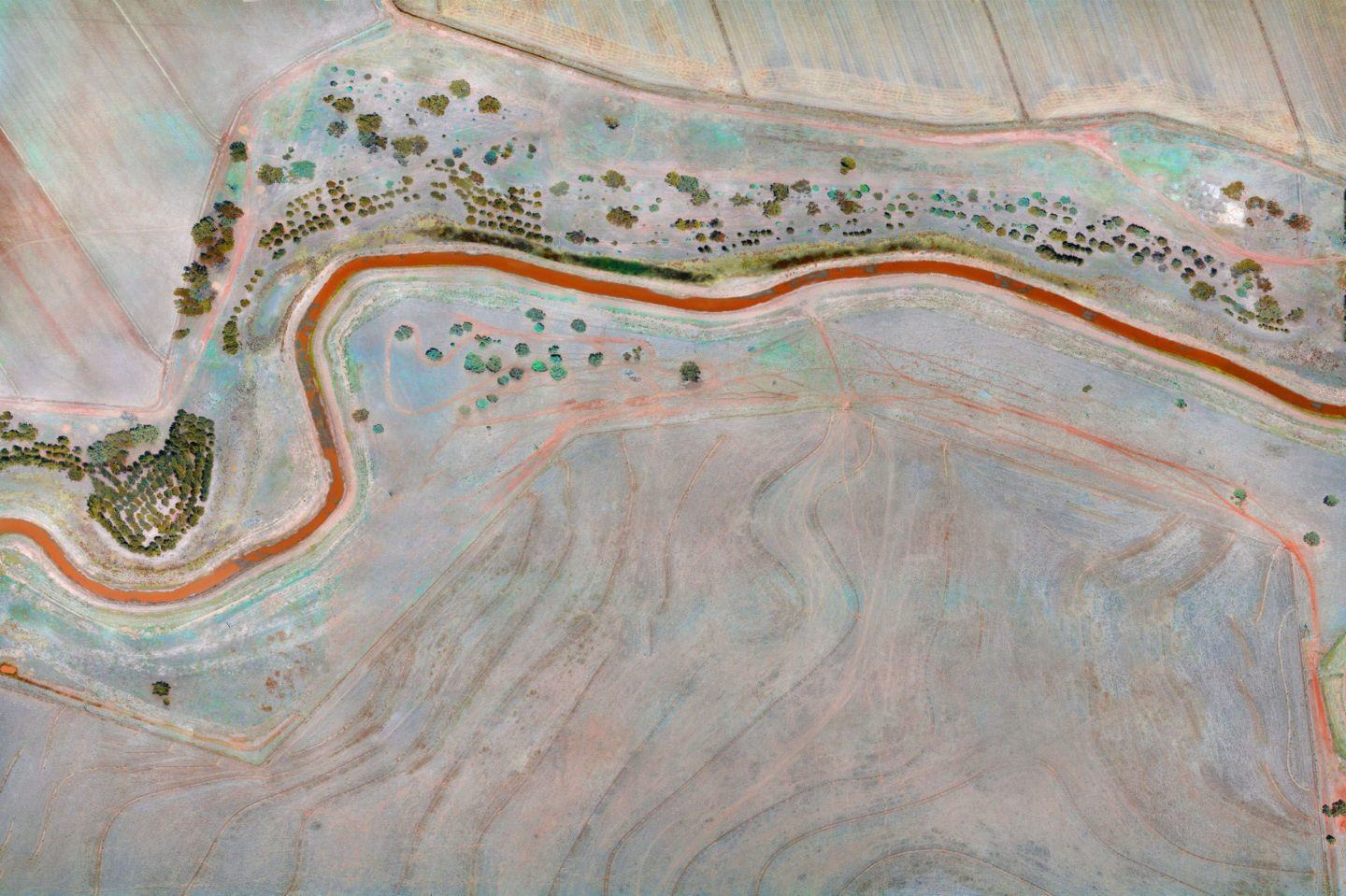
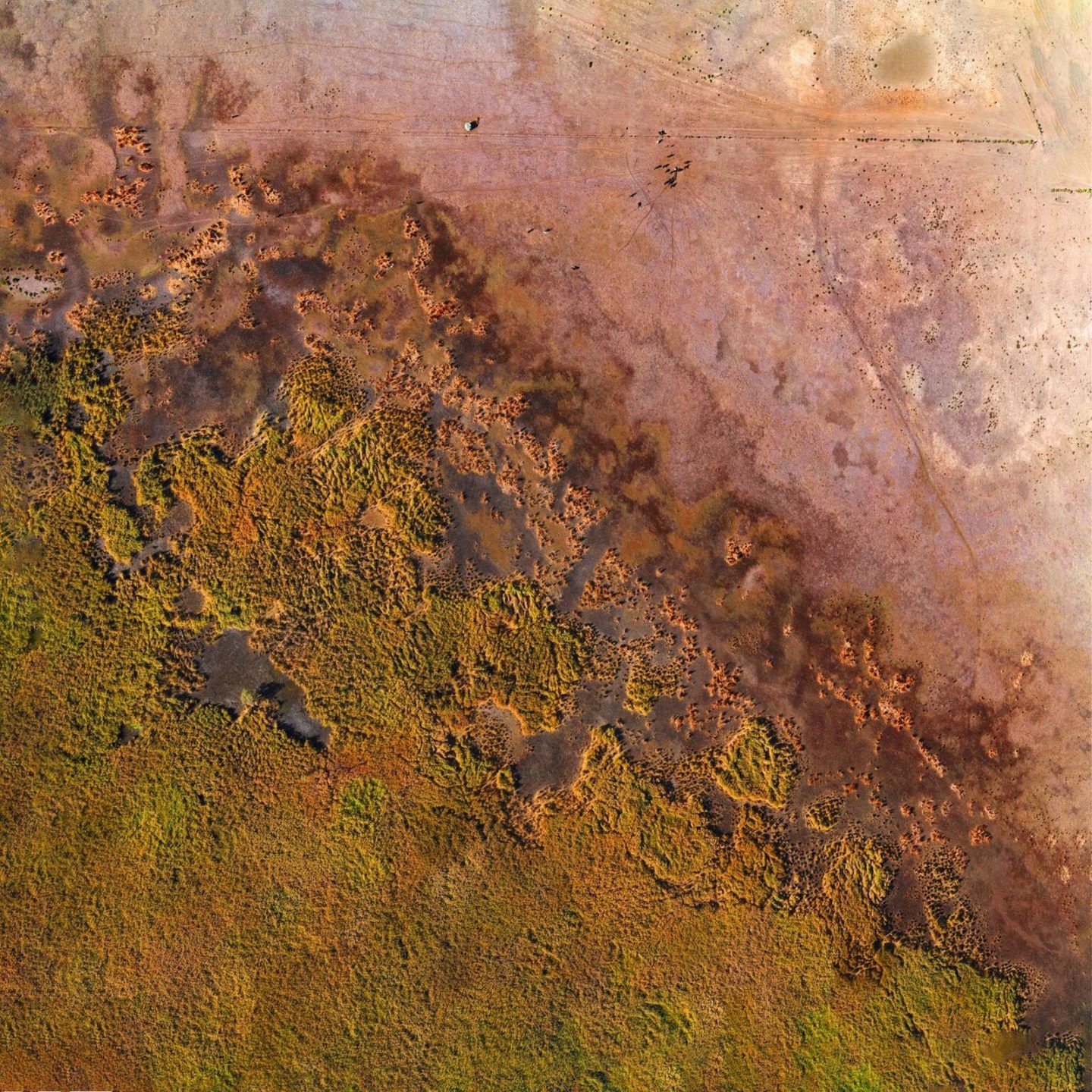
Many complex themes are at play in ‘Watermarks’, how did this project begin?
It started when I acquired a professional drone with the intent of shooting abstracted landscapes. The results from this were beyond my original expectation and so I started searching for more. After some planning, an artist friend and I went on a series of camping trips into what we would come to learn were the ancient floodplains of the Murray-Darling basin (a large geographical area spanning over 3000 kilometers in Southeast Australia). Once there, I was surprised by the colors and textural qualities of the landscapes I was capturing. Though it was their aesthetic appeal that first piqued my interest, it was soon apparent that these locations were related to the post-European settlers’ relationship to water and country.
How did your interest develop from the drought situation to the sensitive topic of land ownership?
By coincidence, I met a friend, Feli, who is deeply committed to saving the health of the river. Feli asked if I would consider expanding the project to include the story of humans generally, including the First Peoples. Feli graciously took me to photograph his Billabong river; there I met more Nation Elders and was educated on other areas of historic and cultural importance. As I continued to work on this project and meet the people from the area—both First Peoples and of European extraction—the stark and striking beauty I was capturing from the air stood out more and more in contrast to the reality I saw on the ground: ugly truths of stolen land, stolen water, inappropriate and illegal land use, environmental degradation and a dispossessed people fighting for the country in which their spirituality and identity are so enshrined. So the project was born of aesthetic attraction but the themes came from the journey itself; into country, culture, and the knowledge I learned as I went.
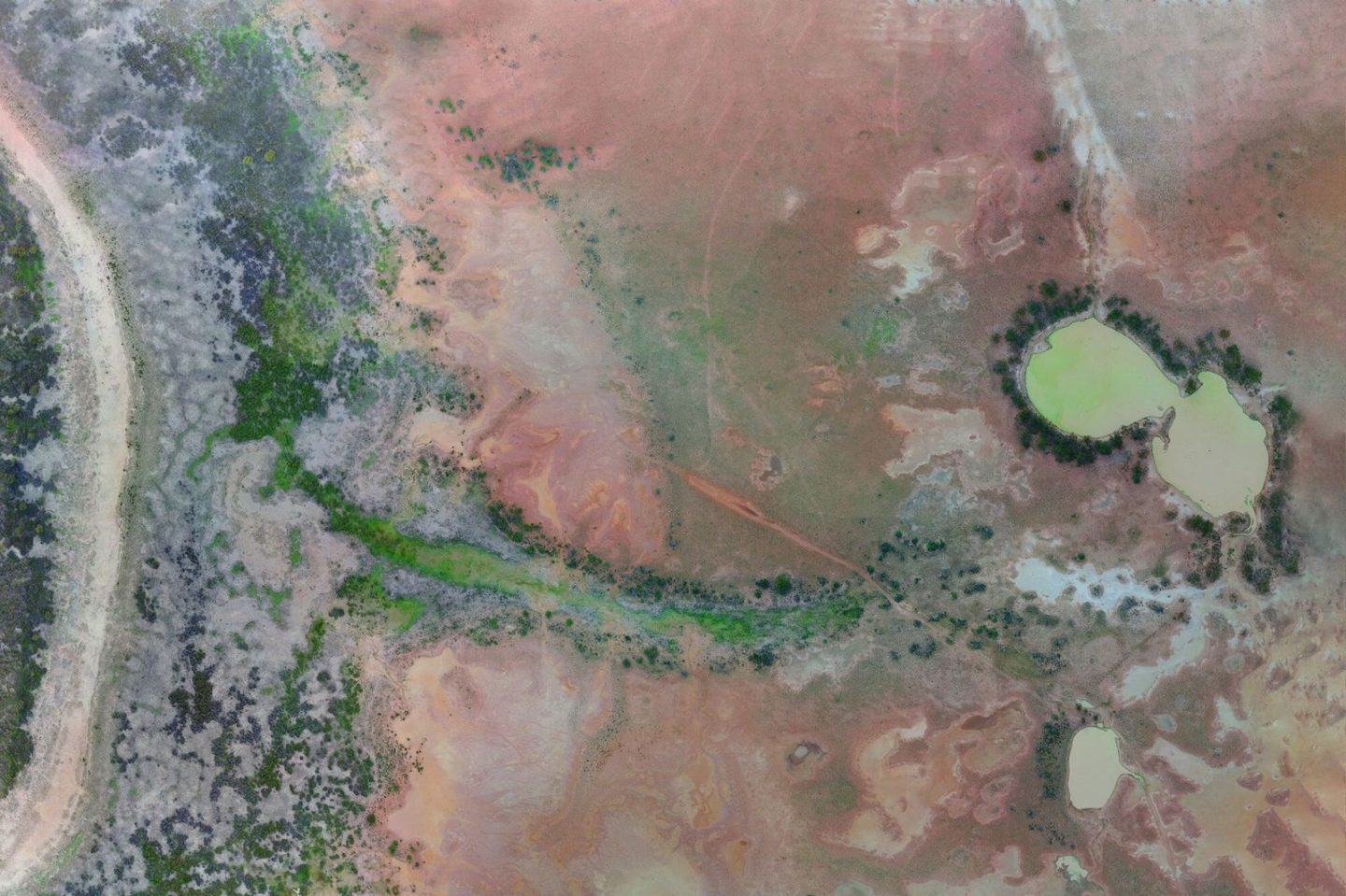
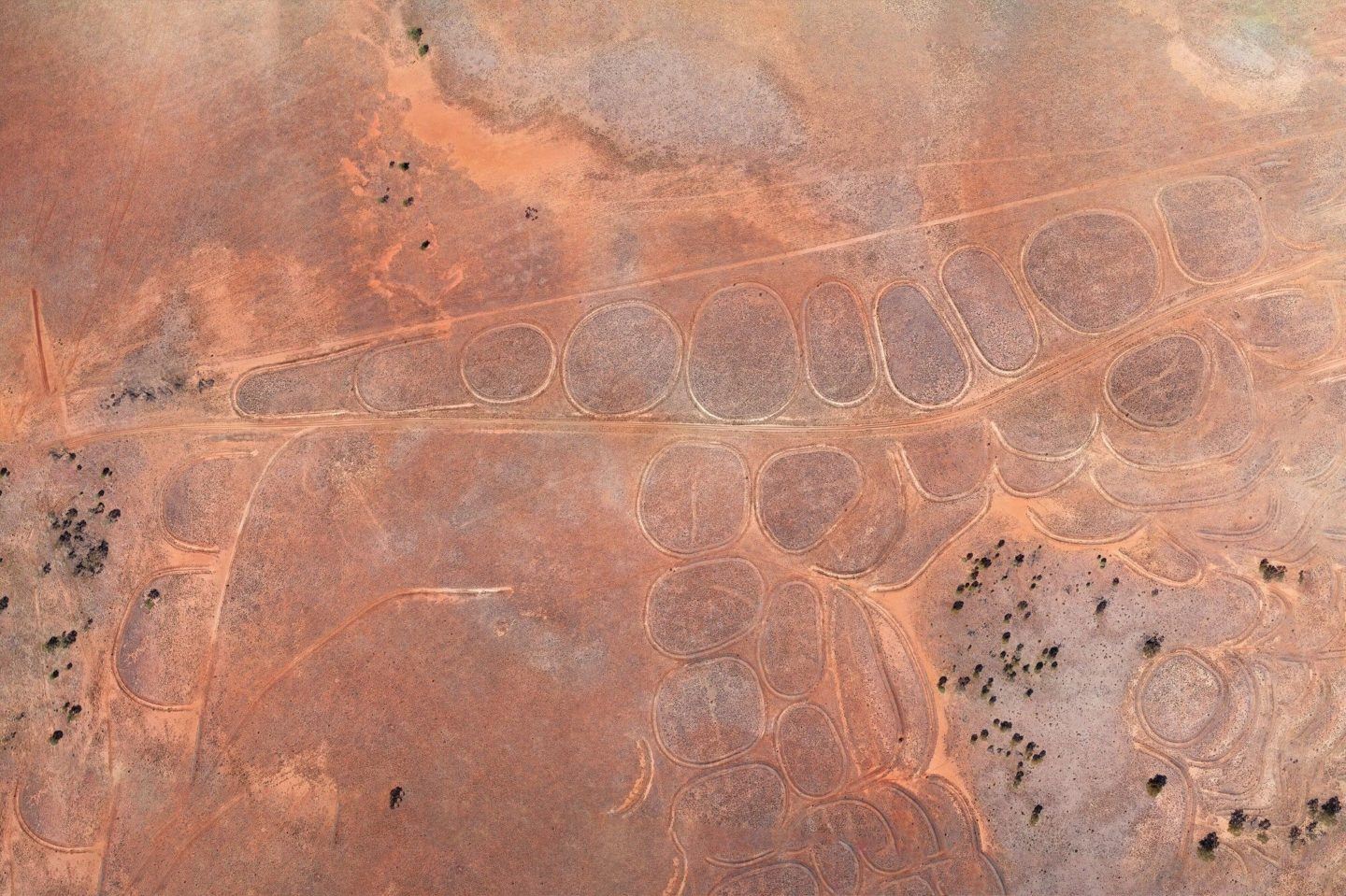
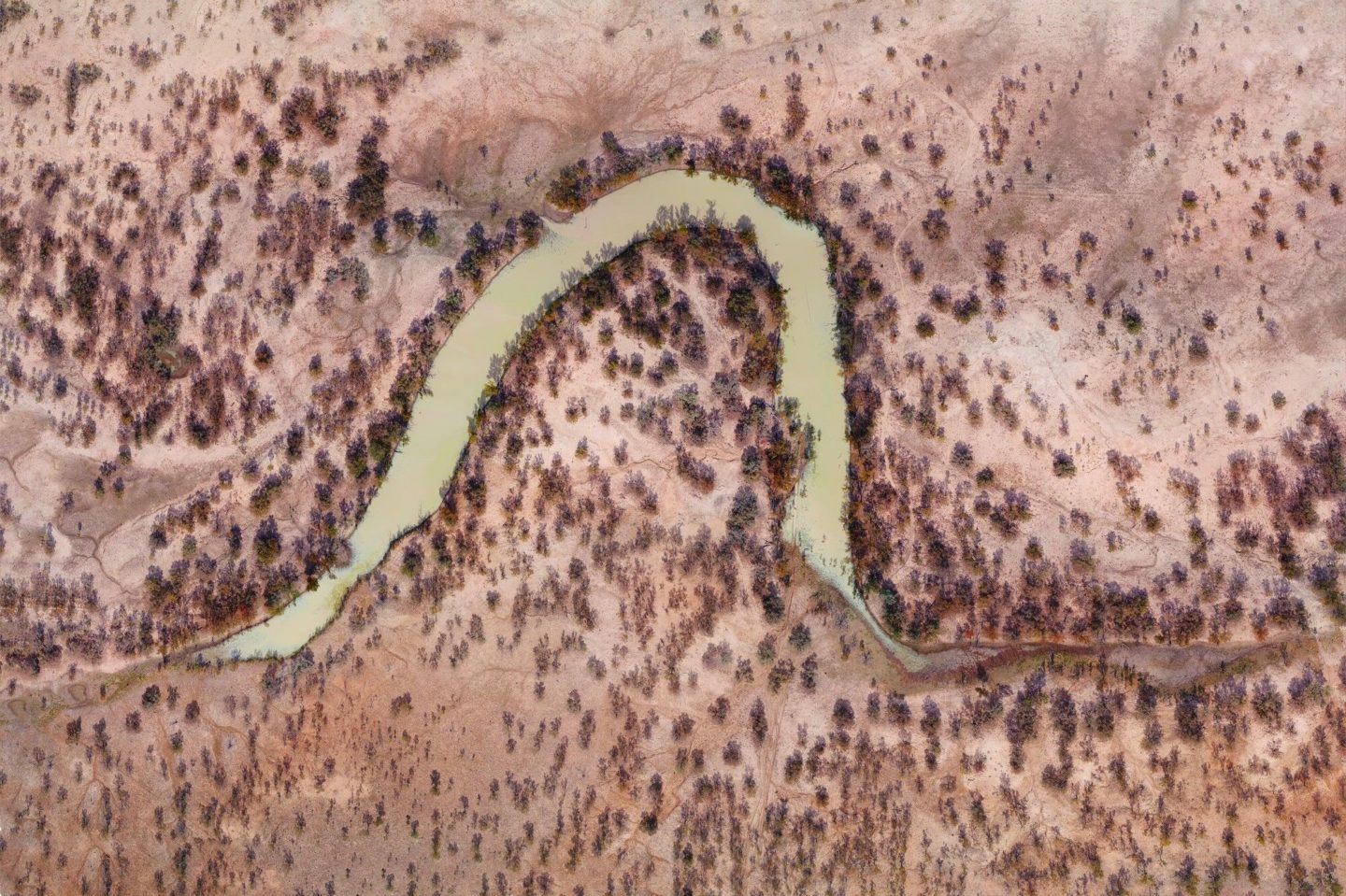
What has your approach been in documenting this series?
I never wanted the work to be polemic. I wasn’t interested in shooting cotton farms and the massive irrigation pumps sucking the river dry. As I learned more, I became focused on telling different aspects of the story, but always with an eye to the aesthetic of the images, and the tension between their beauty from the air versus the actuality on the ground.
What do you hope to achieve through ‘Watermarks’?
The reality behind the depleted flow in the Murray-Darling river has an economic and political dimension. This issue and the sad truths I encountered on my trips turned this project into what I intend as both a rediscovery of the beauty of country, and a discussion starter about its future.
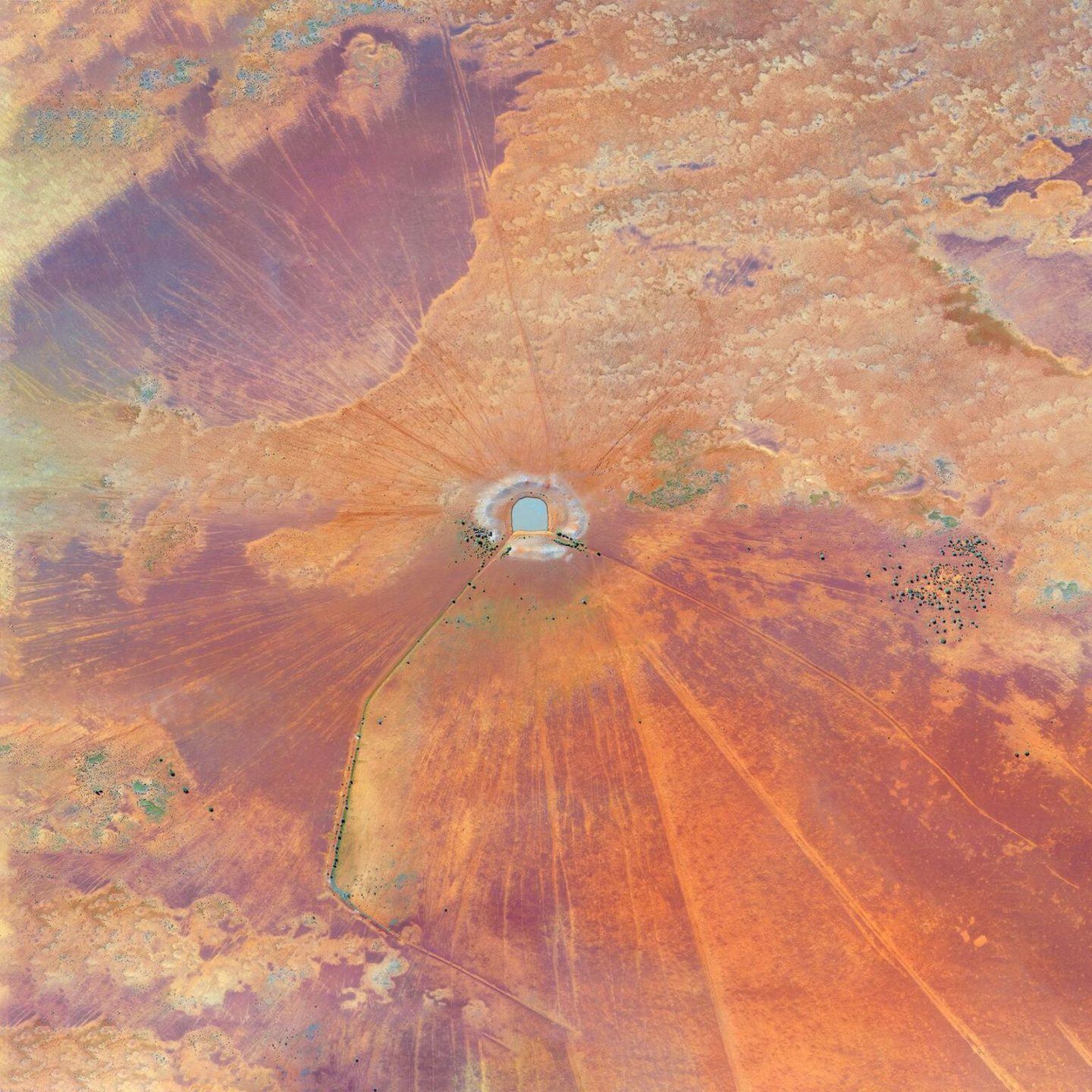
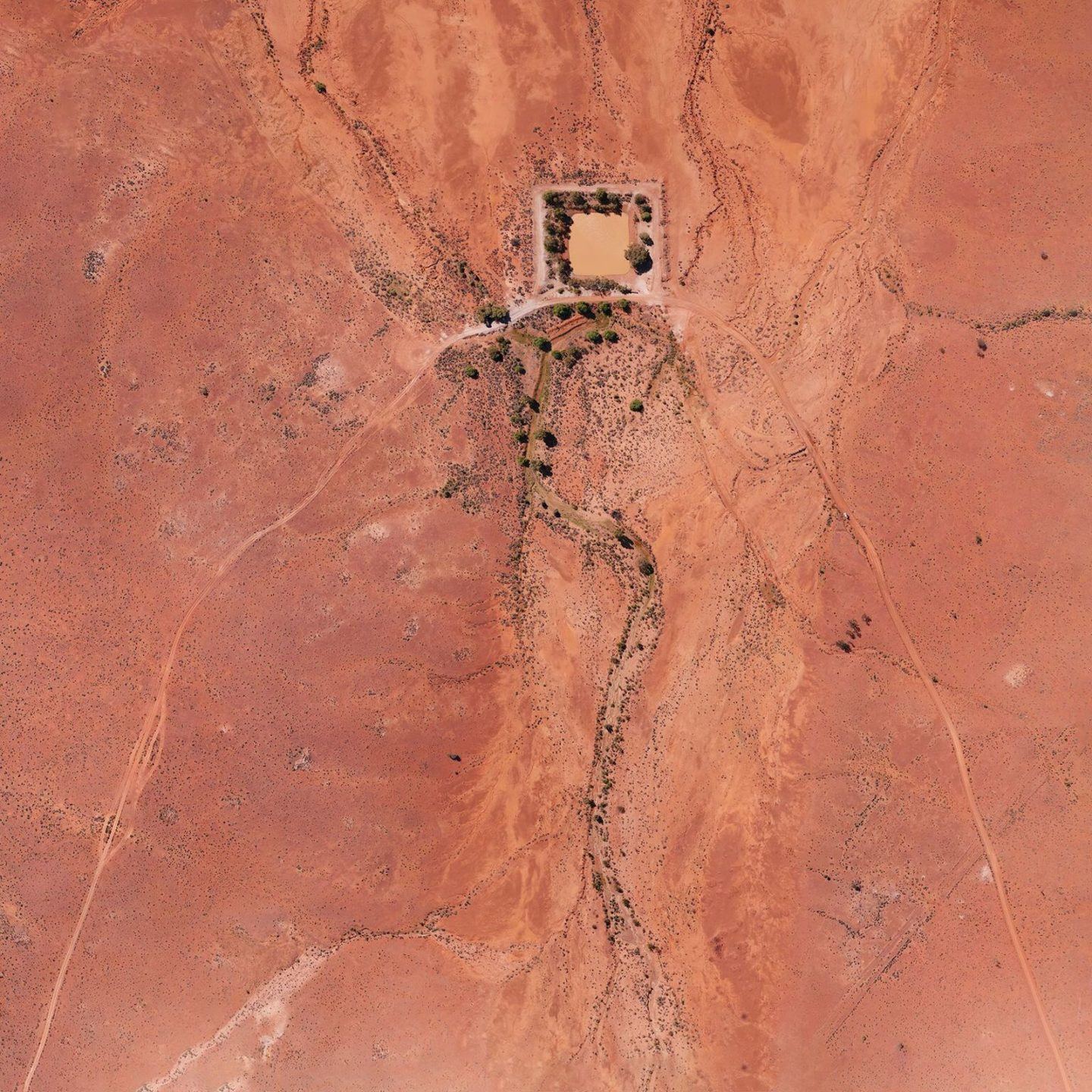
What worries you about our environmental future?
Everything. Nothing of significance seems to be happening in any of the major areas of concern. When it comes to the larger issues of climate change and biodiversity, I don’t know that humankind is genetically capable of making the kinds of “here and now” sacrifices necessary to protect the future. As a species, we evolved to look forward one or two seasons at best. So looking forward one or two hundred years might be beyond us. Having said that, we must try! Throughout history humankind has been very resourceful and there is evidence we are beginning to slough off some of the limitations of our biological heredity. In the end this project’s statement only has value if we have hope.
What can we each do to change our environmental predicament?
Have hope, speak the truth, and vote. The self-serving politics of the right are gaining force at the moment but it’s important that we make their ascendency a blip in history. There are so many potential perils coming all at once. Not only climate change and the loss of biodiversity, but also a growing disconnect between labor and capital that is creating an ever-widening gap between the haves and the have-nots. It’s about each of us becoming informed, becoming involved, having our say and voting with our feet. ‘Watermarks’ is my little attempt to stick my oar in.
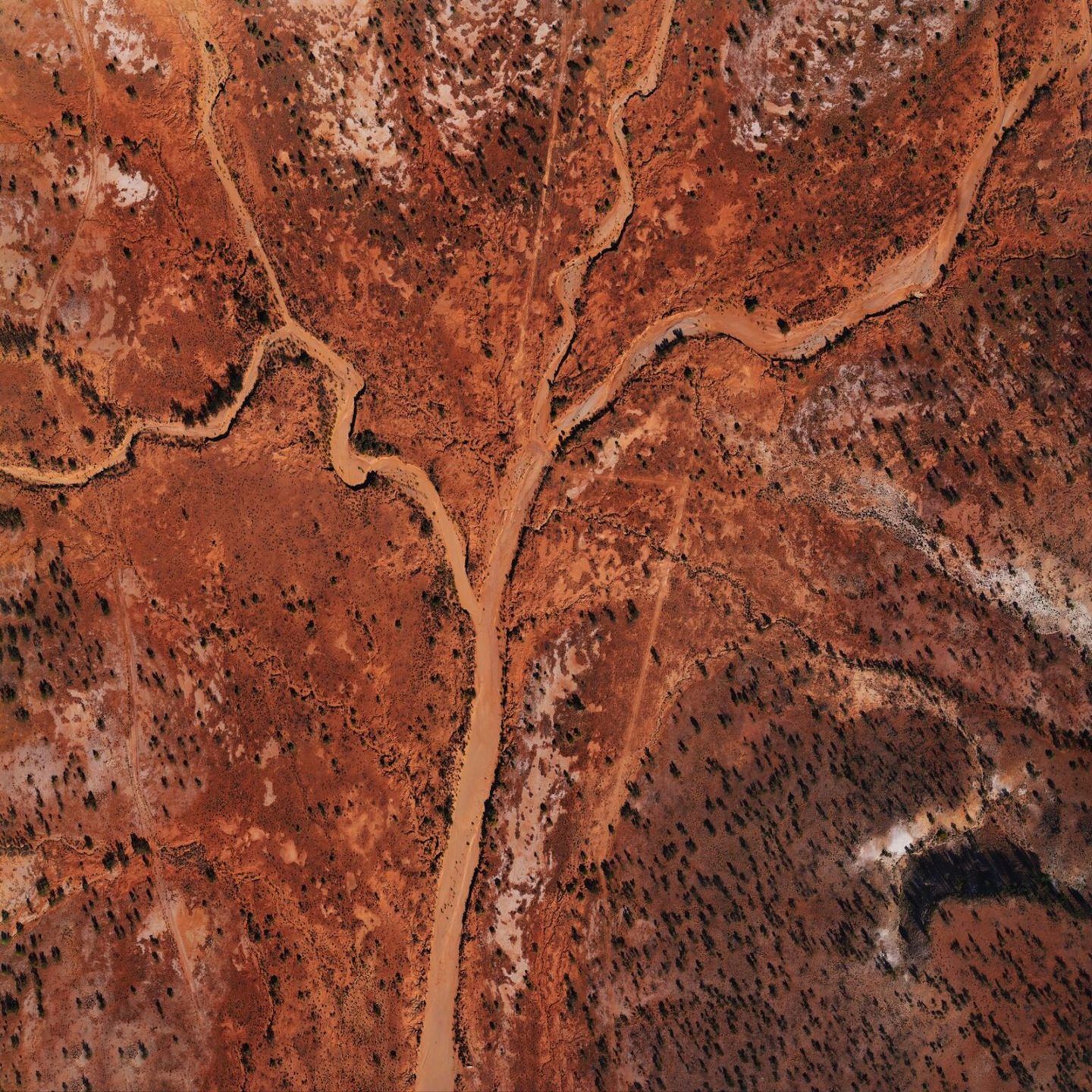
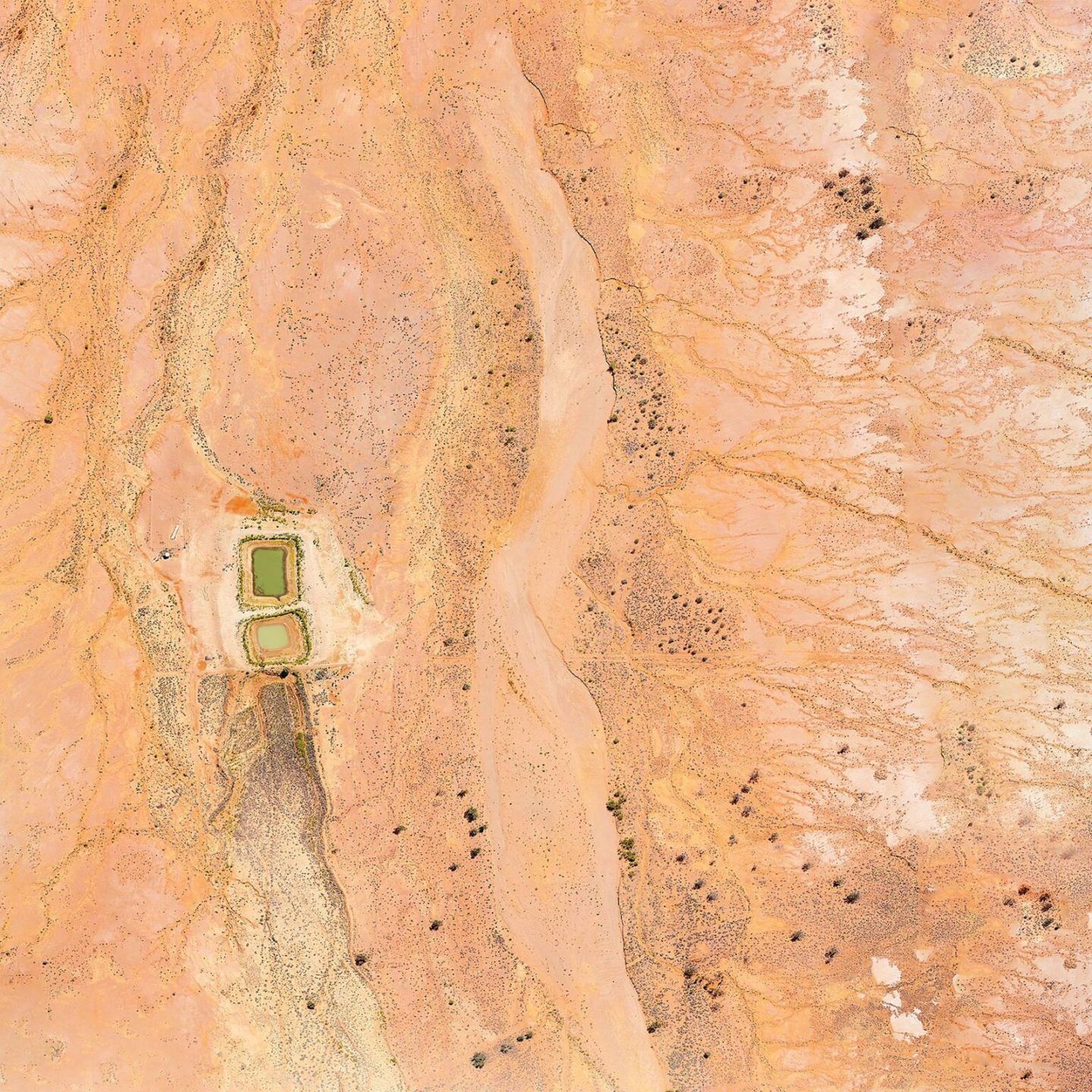
All images © Paul Harmon
